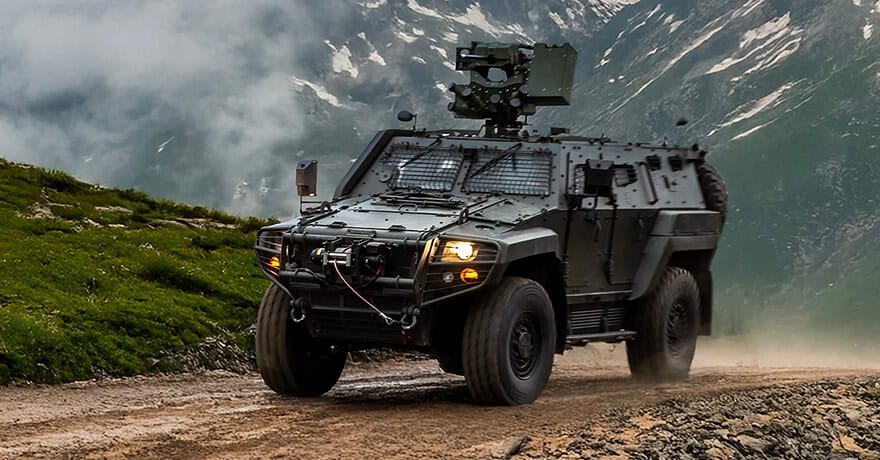Three F-16s from the Norwegian Air Force arrive in Romania
15 December, 2024 F-16 fighter jets at the General Emanoil Ionescu air base. Source: Romanian Ministry of Defense Three F-16 multi-role fighter jets purchased from the Royal Norwegian Air Force fleet have arrived in Romania.
The Romanian Ministry of Defense reported on this. The planes landed at the General Emanoil Ionescu air base on Friday, December 13, and will be part of the 48th Fighter Squadron. In total, the Romanian Air Force already has 15 F-16 fighter jets previously operated in Norway.
 F-16 fighter jets at the General Emanoil Ionescu air base.
F-16 fighter jets at the General Emanoil Ionescu air base.
Source: Romanian Ministry of Defense
As a reminder, under an agreement between the Norwegian and Romanian governments, the latter purchased 32 aircraft. The fighter jets are being transferred in a ready-to-use condition, and their service life allows for at least ten years of active operation. The F-16s are to remain in service until the transition to the latest 5th generation F-35A multi-role fighter jets, the contract for which was signed on November 21.
Its estimated cost is £7.2 billion. In total, the Romanian government has confirmed its intention to purchase 32 aircraft. The F-35A is to be commissioned gradually, along with the F-16 retirement.
 F-16 fighter jets at the General Emanoil Ionescu air base.
F-16 fighter jets at the General Emanoil Ionescu air base.
Source: Romanian Ministry of Defense
Romanian defense procurement
On November 28, it was reported that the Turkish armored vehicle manufacturer Otokar had signed a contract to supply 1,059 COBRA II 4x4 armored vehicles to the Romanian Armed Forces. The contract is estimated to be worth approximately EUR857 million. The first 278 armored vehicles will be manufactured in Turkey.
Further, the Romanian defense industry plans to localize and continue the production of armored vehicles.
 Turkish armored vehicle Cobra II manufactured by Otokar. Photo by the manufacturer.
Turkish armored vehicle Cobra II manufactured by Otokar. Photo by the manufacturer.
In early October, Militarnyi reported that the US Department of State had approved the sale of Sentinel air surveillance radar systems to Romania.
The first two systems, which will cost approximately £90 million, will be funded by grants from the U.S.
Department of State's Foreign Military Financing Fund.